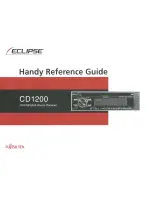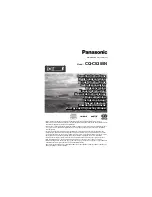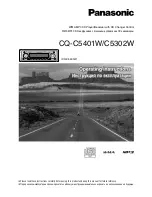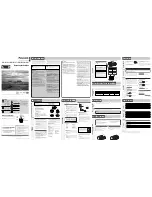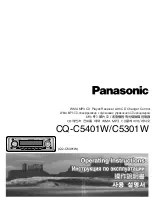
KRAMER: SIMPLE CREATIVE TECHNOLOGY
Using the Detachable Optical DVI System
4
5 Using the Detachable Optical DVI System
This section describes how to:
Capture the EDID of the display device
Connect the detachable optical DVI transmitter and receiver
5.1 The Display Device EDID
The
610T
and
610R
are connected via four channels that transmit R, G, B and
clock signals. The EDID of the display device is captured onto the transmitter
for the computer to read.
5.1.1
Defining EDID
The Extended Display Identification Data (EDID
1
) is a data-structure,
provided by a display, to describe its capabilities to the DVI graphics source
(for example, the graphics card of the computer). The EDID enables the
computer to “know” what kind of monitor is connected to the output. The
EDID includes the manufacturer’s name, the product type, the phosphor or
filter type, the timing data supported by the display, the display size,
luminance data and, for digital displays only, the pixel mapping data.
5.1.2
Capturing the Virtual EDID
You can capture the EDID of the display device on the
610T
so that when the
computer connects to the
610T
, it will read the virtual EDID information and
identify the display device. This procedure is performed only once for the
connected display device. After storing the EDID, the system can be
connected and disconnected without having to set the EDID again. If the
display device is replaced, the new EDID should be set on the
610T
transmitter.
To capture the EDID of a display device, do the following:
1. Connect the 5V power adapter to the power socket of the
610T
, and connect
the adapter to the mains electricity.
The EDID LED lights.
2. Connect the
610T
unit
directly
to the display device.
The LED blinks several times while reading the EDID.
3. When the LED stops blinking, disconnect the power.
4. Disconnect the
610T
.
The EDID information is now stored.
1 EDID is defined by a standard published by the Video Electronics Standards Association (VESA)












